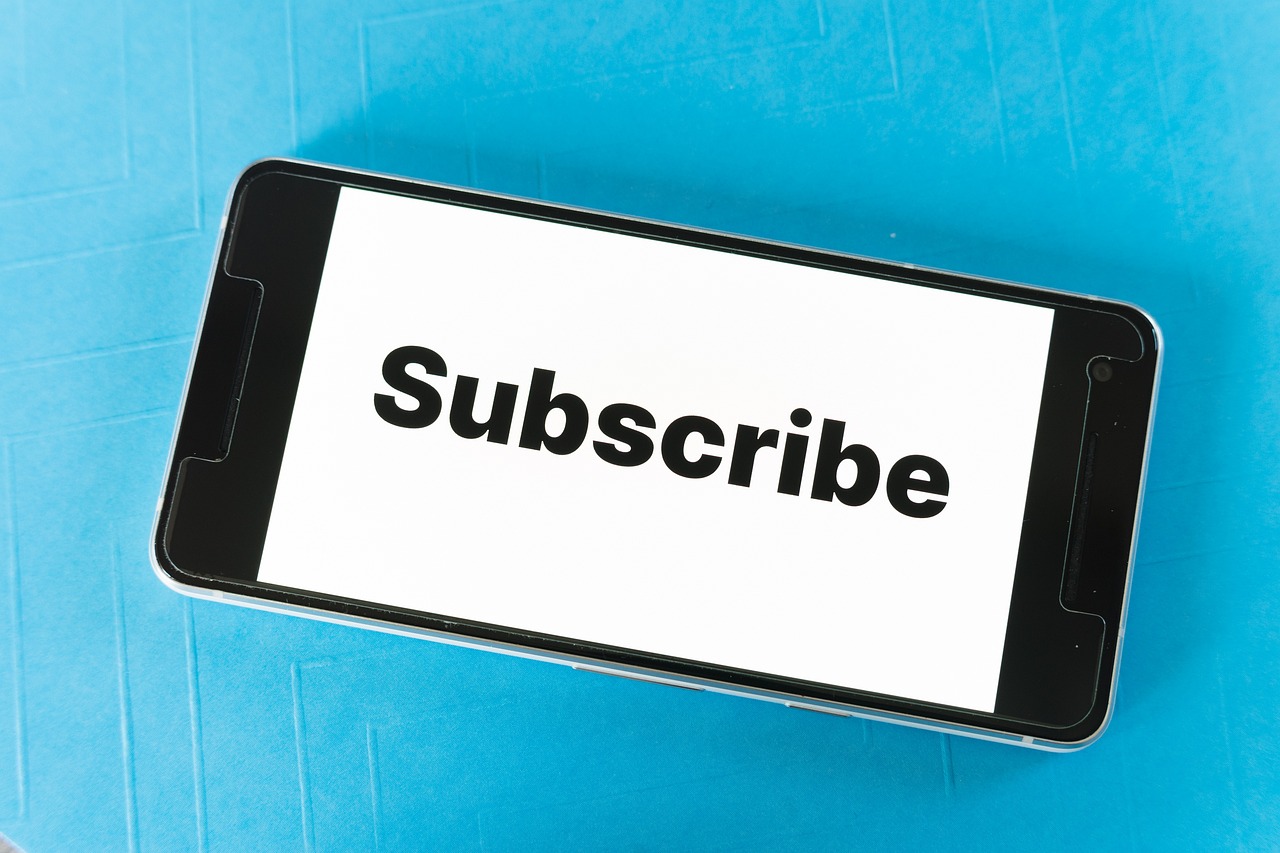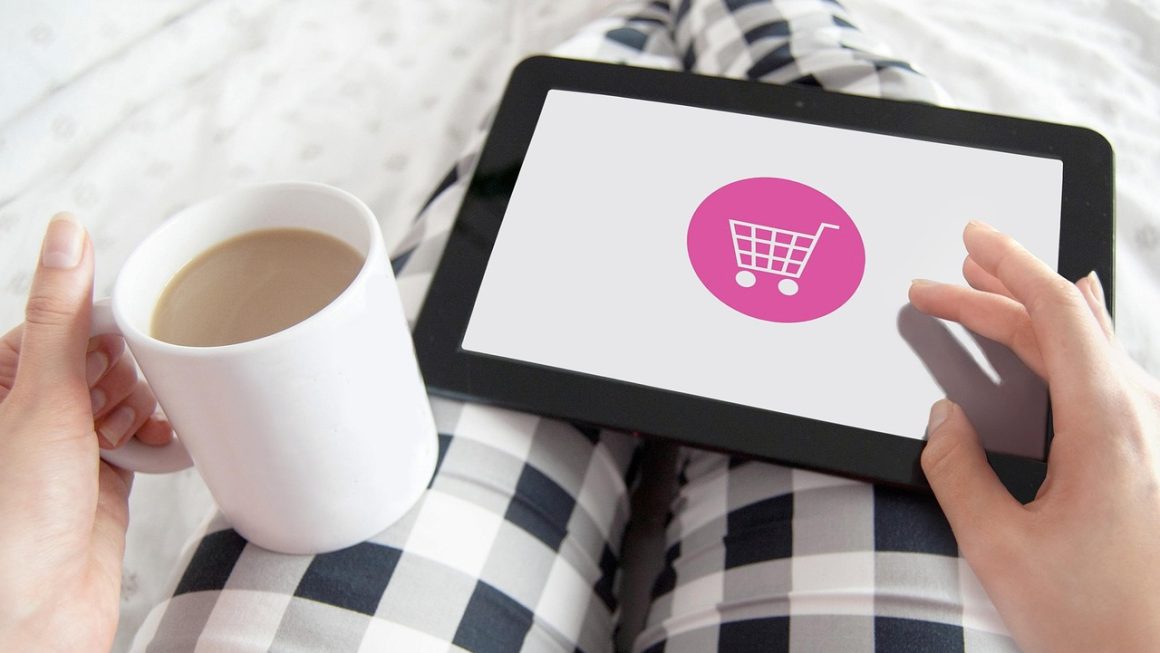Upselling isn’t about tricking your customers into buying things they don’t need; it’s about offering them better solutions that enhance their experience and provide more value. When done right, upselling benefits both the customer and your business, leading to increased customer satisfaction and higher revenue. Let’s delve into the art and science of effective upselling, exploring strategies, examples, and best practices that will help you master this crucial skill.
What is Upselling and Why Does it Matter?
Defining Upselling
Upselling is a sales technique where a seller induces the customer to purchase more expensive, upgraded, or premium versions of the product or service they are already considering. It’s about showcasing the added benefits and value of a higher-priced option. Think of it as guiding your customer to a better solution for their needs, not simply selling them more stuff.
The Benefits of Upselling for Your Business
- Increased Revenue: Upselling directly contributes to a higher average order value (AOV), boosting your overall revenue.
- Improved Customer Lifetime Value (CLTV): Satisfied customers who receive enhanced value through upsells are more likely to remain loyal and make repeat purchases.
- Enhanced Customer Satisfaction: When you genuinely help customers find better solutions, they are more satisfied with their purchase and your business.
- Reduced Acquisition Costs: Acquiring new customers is significantly more expensive than retaining existing ones. Upselling helps you maximize the value of your current customer base.
- Improved Brand Perception: By offering tailored solutions, you demonstrate a deeper understanding of your customers’ needs, building trust and strengthening your brand reputation.
Upselling vs. Cross-selling: What’s the Difference?
While often confused, upselling and cross-selling are distinct techniques:
- Upselling: Focuses on upgrading the same product or service (e.g., upgrading from a standard hotel room to a suite).
- Cross-selling: Focuses on selling related or complementary products or services (e.g., selling travel insurance alongside a flight booking).
Strategies for Effective Upselling
Understanding Your Customer’s Needs
- Gather Data: Collect data on customer purchase history, browsing behavior, and demographics.
- Segment Your Audience: Group customers based on their needs and preferences to tailor upsell offers.
- Listen Actively: Pay attention to customer inquiries, feedback, and pain points to identify opportunities for relevant upsells.
Timing is Everything
- Pre-Purchase Upselling: Offer upgrades during the product selection process (e.g., on the product page of an e-commerce site).
- During-Purchase Upselling: Suggest upgrades at checkout (e.g., offering expedited shipping or extended warranty).
- Post-Purchase Upselling: Follow up after the purchase with offers for related upgrades or accessories (e.g., suggesting a lens cleaner after someone buys new glasses).
Highlighting Value, Not Just Price
- Focus on Benefits: Emphasize how the upgraded product or service solves the customer’s problems or enhances their experience.
- Showcase Features: Clearly explain the additional features and functionalities that come with the higher-priced option.
- Use Social Proof: Include testimonials, reviews, and case studies to demonstrate the value and effectiveness of the upsell.
Offering Incentives and Discounts
- Limited-Time Offers: Create a sense of urgency by offering discounts or bonuses for a limited time.
- Bundled Deals: Offer a discounted price for purchasing the upgraded product or service along with other related items.
- Free Trials or Demos: Allow customers to try the upgraded version before committing to a purchase.
Upselling Examples Across Different Industries
E-commerce
- Clothing Retail: Suggesting a higher-quality fabric or adding embroidery to a custom design.
- Electronics: Offering extended warranties, premium accessories, or faster processing chips for a computer.
- Software: Promoting subscription upgrades with more features, storage, or users.
Hospitality
- Hotels: Offering room upgrades (e.g., a room with a better view, a suite, or access to the executive lounge).
- Restaurants: Suggesting premium wines, appetizers, or desserts.
- Car Rentals: Offering a larger car, GPS navigation, or additional insurance.
SaaS (Software as a Service)
- Project Management Software: Upgrading from a basic plan to a premium plan with more projects, users, and storage.
- Email Marketing Platforms: Offering plans with larger subscriber lists, automation features, or dedicated support.
- CRM Systems: Suggesting enterprise plans with advanced analytics, integrations, and customization options.
Real-World Example: Amazon
Amazon excels at upselling. After adding an item to your cart, you’re often presented with: “Customers who bought this item also bought…” This is cross-selling, but Amazon also uses upselling by displaying alternatives with slightly better features or higher ratings, encouraging you to consider a more expensive (and potentially better) option.
Avoiding Common Upselling Mistakes
Being Too Aggressive
- Don’t Pressure Customers: Avoid high-pressure tactics that make customers feel uncomfortable or forced.
- Respect Customer Decisions: Accept “no” gracefully and avoid repeatedly pushing the same upsell.
Offering Irrelevant Upsells
- Focus on Relevance: Ensure that the upsell is genuinely related to the customer’s needs and initial purchase.
- Personalize Offers: Tailor upsell suggestions based on individual customer data and preferences.
Overselling the Upgrade
- Be Honest and Transparent: Accurately represent the features and benefits of the upgraded product or service.
- Avoid Exaggeration: Don’t overpromise or make claims that are not supported by facts.
Ignoring Customer Feedback
- Listen to Customer Concerns: Pay attention to customer feedback about your upselling efforts.
- Adapt Your Strategies: Adjust your approach based on customer responses and data analysis.
Conclusion
Mastering the art of upselling requires a customer-centric approach, a deep understanding of your product offerings, and the ability to identify opportunities to provide genuine value. By focusing on enhancing customer satisfaction and building long-term relationships, you can leverage upselling as a powerful tool to drive revenue growth and strengthen your brand reputation. Remember that effective upselling isn’t about selling more; it’s about selling better solutions that meet your customers’ evolving needs.




